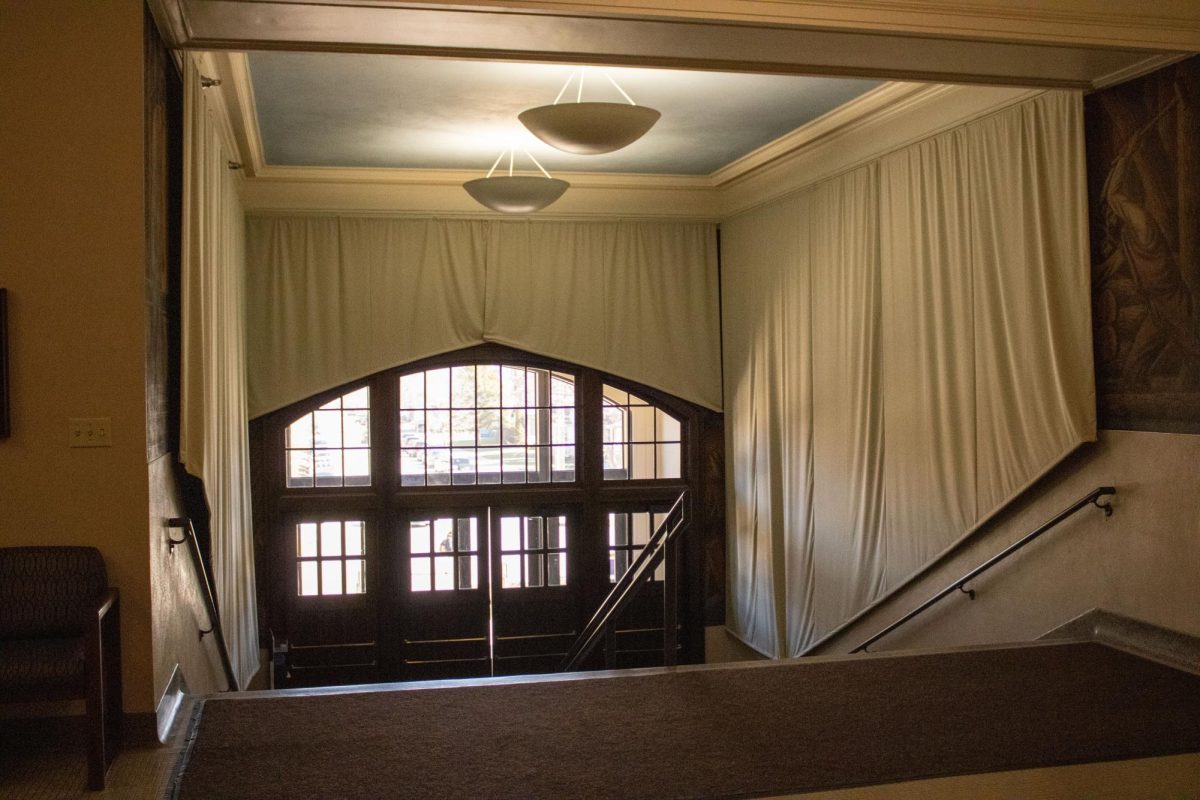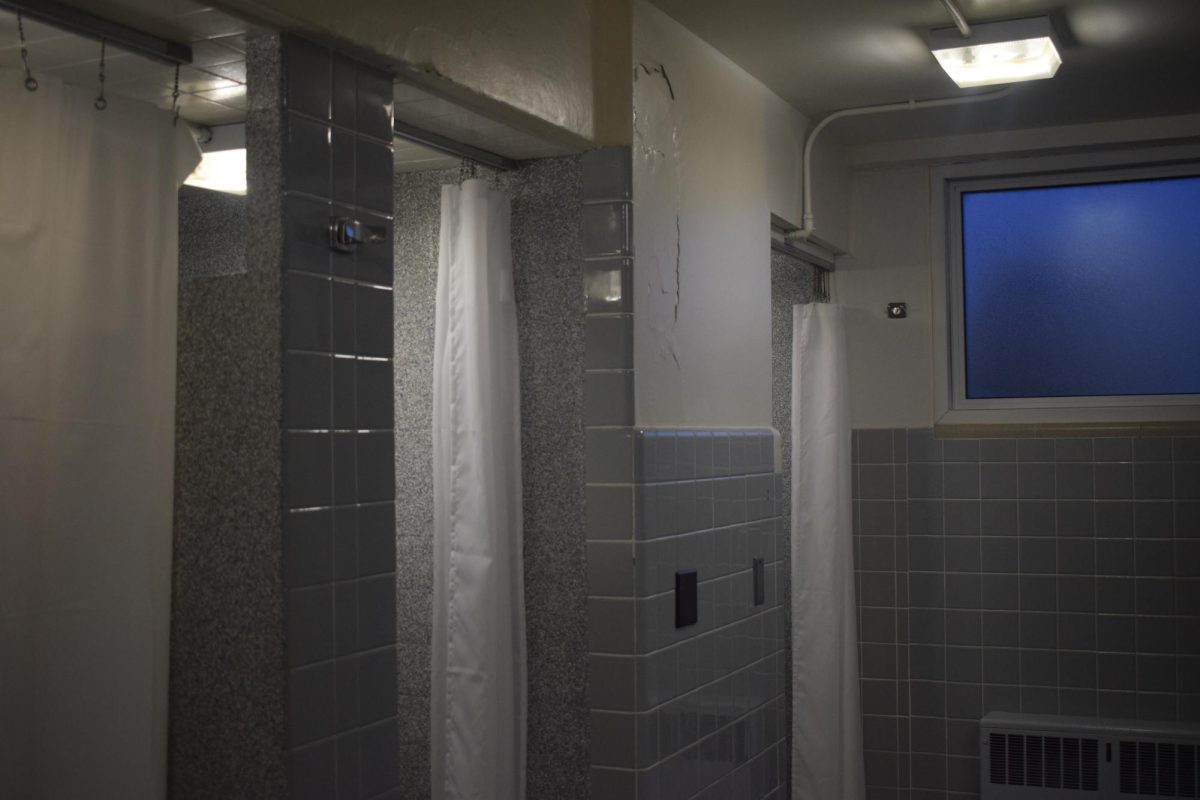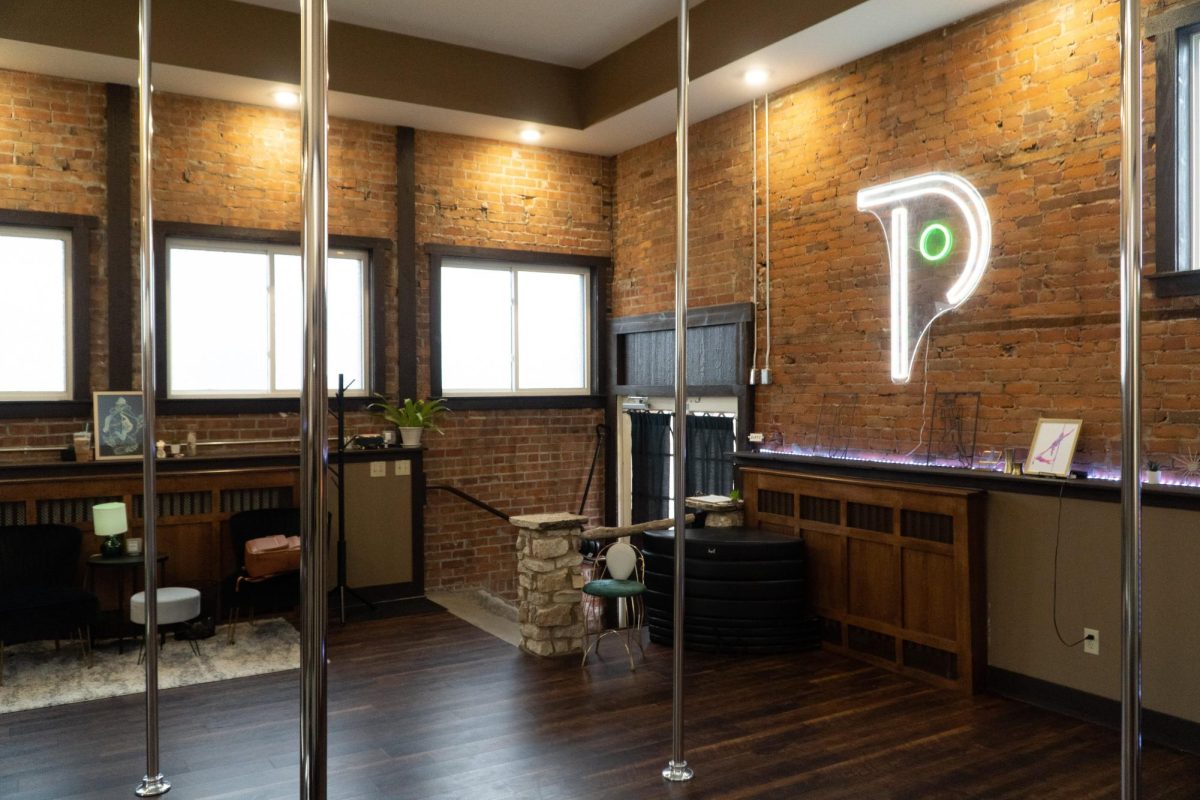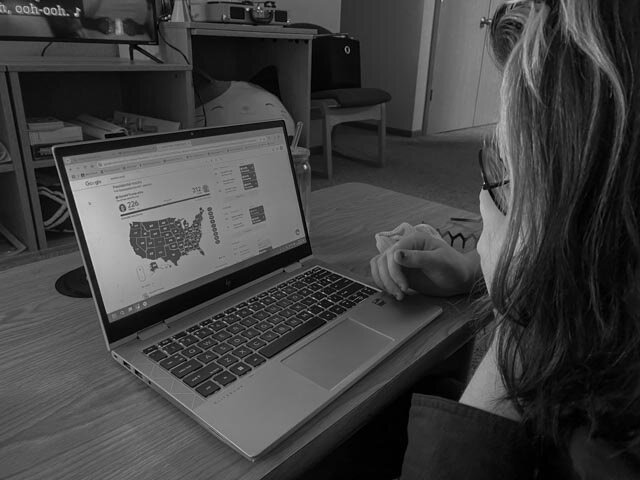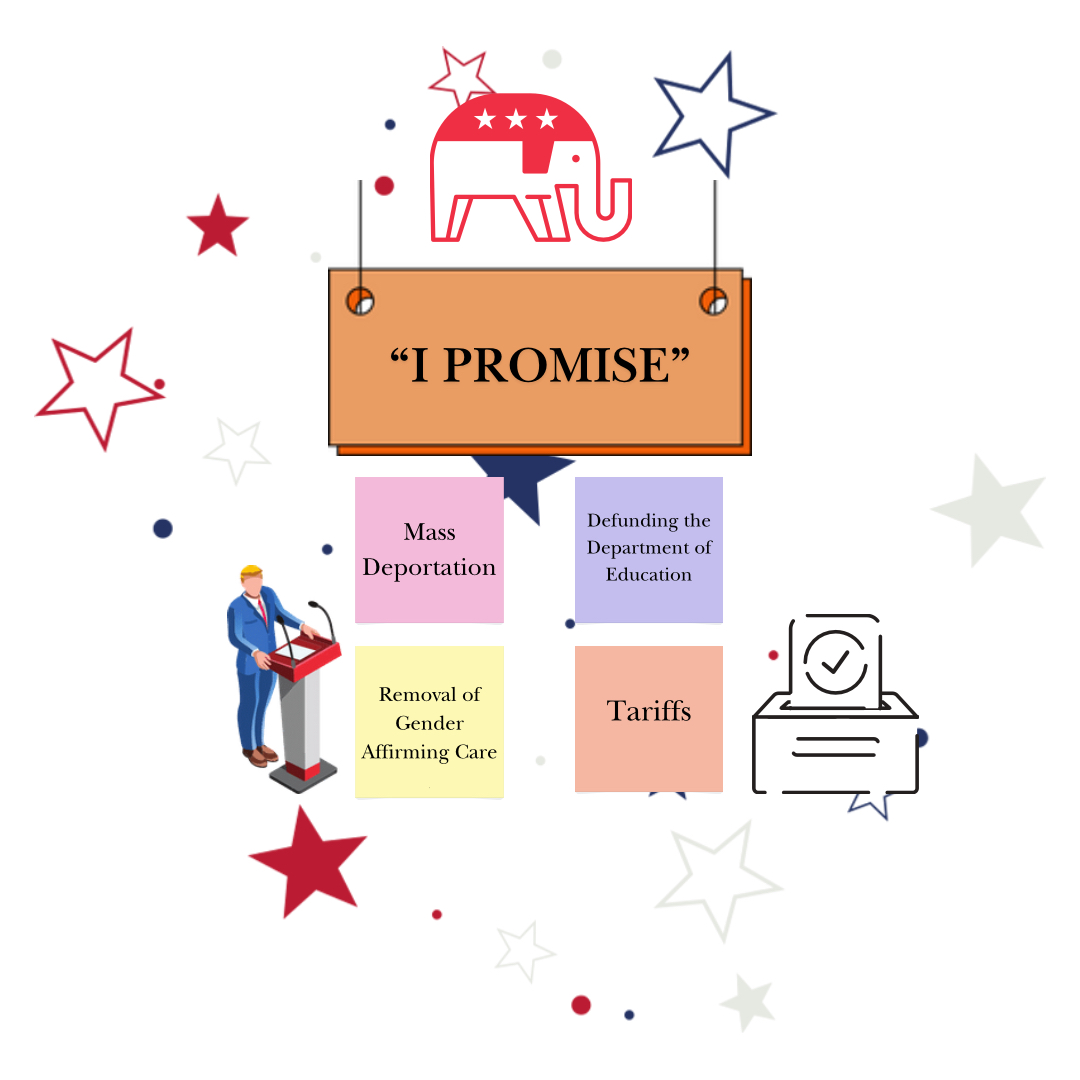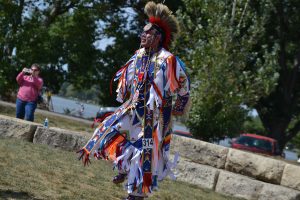
Sam Stetzer/Winonan
Unity Park was filled with local Native American history and culture this past Friday through Sunday for the Winona Dakota Unity Alliance 10th annual Great Dakota Gathering.
Teepees lined the park, and vendors sold authentic jewelry and paintings at the gathering, which aims to teach and celebrate the Dakota culture that is abundant in the Winona area.
“We started when this area was just a puddle,” said Lyle Rostad of the Diversity Foundation of Minnesota.
The main goal of the foundation is to help Native Americans who are still traumatized from events that have plagued the history of their culture.
“We have been bringing furniture and clothes with our drives, but so much more needs to be done. This is just a Band-Aid,” Rostad said. “Nobody had really done what we did here, which is invite the Dakota back here. It was a small crowd the first year, and it grew, and by the fourth to fifth year we had 800-1,000 Native Americans.”
Just one of the numerous booths and vendors at the gathering, the Diversity Foundation of Minnesota was selling authentic Native American paintings by JoAnne Bird to benefit the foundation’s efforts.
“We are trying to raise the funds to get digitized, and we may house them in the Winona area. We may get some students to help us,” Rostad said. “We’ve been documenting this for 20-some years, so we’ve got many of the [stories] of the Elders who have passed on. So we’ve probably got about a couple thousand hours and maybe 75,000 photos we have taken over the years.”
Besides the artistic vendors, there were also many events that took place, such as feasts, a moccasin tournament, Sunrise Ceremonies and the Friendship dance. But the one type of event that is most essential to the continuation of Native American tradition was the education events.
On Friday, children from local elementary schools overtook the park to learn about the Native American heritage and history.
“We moved it to September to go for the education,” Rostad said, “So we can get to the kids because that is the important part.” Many of the education events included simulations of what it is like being a Native American, stories and art from the culture and learning about the stereotypes and cultural insensitivity.
One man who cares deeply about abolishing stereotypes and teaching people about the history of Native Americans is Nakoma Volkman, an art vendor out of Rochester.
“There are so many pathetic, stupid stereotypes about Native Americans,” Volkman said. “The general public, they just don’t know, and most of the teachers don’t know. It’s shameful that people have such idiotic understanding of Native American culture.”
Hand-crafted paintings and mugs lined Volkman’s tent. Many of the works were decades old, from his many years at events such as this one. Volkman’s story is one he shares with many Native Americans: mixed heritages. “Nakoma” represents his Indian heritage, while “Volkman” represents his German roots.
Born in 1939, Volkman has been an advocate for Native American cultural issues. “We are God-centered, and they thought we worshiped the devil or did voodoo. They just don’t understand the real story of Native American cultures,” he said.
Volkman and his wife travel everywhere with the powwow circuit, including Nashville, Texas and Mankato, Minn. He has been on this road since 1960, selling his own authentic artwork and crafts.
But besides being an avid participant at powwows, Volkman is also a speaker. Between schools and historical events, Volkman has given 3,600 presentations, including ones at Winona State University.
“A lot of people think of me as an artist who happens to write, but really I am a writer who happens to draw,” said Volkman, “All to preserve our ancient traditions and good ways. Today’s society is losing that so rapidly … obviously I can’t change the world, but this is my little contribution to that effect.”
According to Volkman, there was much that needed to be preserved.
“This is the Dakota land,” he said. “This was their campground, they stayed here every year. Their burial grounds are here, and Chief Wabasha, the original, used to live right under Sugarloaf. So this is a very historical area for the Dakota.”
Contact Sam at [email protected]








































